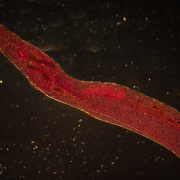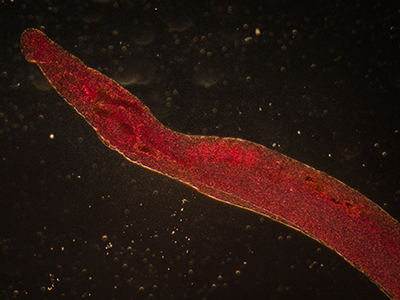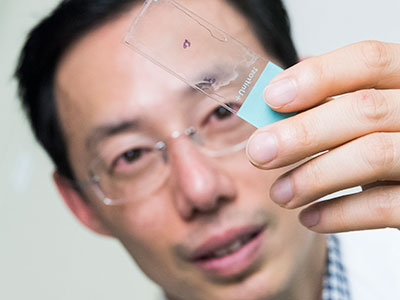Food allergies: a research update

Promising new therapies for food allergies are on the horizon, including an experimental immunotherapy awaiting federal approval that enables people who are very allergic to eat peanut protein without suffering serious side effects.
Good news, right?
As it turns out, the idea of a child who is highly allergic to a specific food eating that same food item makes kids with lifelong food allergies and their parents a bit queasy.
“It’s a very big paradigm shift. From diagnosis, children are told to avoid their food triggers at all cost. But now they may be counseled to approach the very thing that scares them, put it in their body and see what happens,” says Linda Herbert, Ph.D., an assistant professor in Children’s Division of Psychology and Behavioral Health.
“On the flip side, these new protections could reduce long-term anxieties, replacing daily anxiety about accidental exposure with a newfound sense of empowerment. Either way, a lot of families will need support as they try these new treatments that enable them to ingest a food allergen daily or wear a patch that administers a controlled dose of that food allergen,” Herbert says.
She will discuss food allergy treatments in the pipeline and families’ psychosocial concerns related to daily life as she presents a research update during the American Academy of Allergy, Asthma & Immunology (AAAAI) 2019 Annual Meeting. A select group, including Herbert, has been recognized with an AAAAI Foundation Heritage Lectureship, which honors distinguished AAAAI members with a special lecture and plaque.
Herbert’s symposium targets allied health professionals at the annual meeting, including psychologists, dietitians and nurse practitioners who attend to a host of psychosocial concerns felt by families affected by allergies to foods like eggs, nuts and cow’s milk.
“When patients arrive for outpatient therapy, they feel anxious about being safe when they’re out in public. They have anxieties about their children feeling safe at school as well as managing restaurant meals. They explain difficulties being included in social events like birthday parties, field trips and shared vacations,” Herbert says. “Some families restrict social activities due to stress and anxiety.”
Children’s National Health System takes a multidisciplinary approach for complex conditions like food allergies, she says, combining the expertise of psychologists, medical providers, research nurses, clinical nurses, registered dietitians and other allied health professionals.
“When we all communicate, we can see the complete picture. It strengthens the care that the child receives, and it’s especially powerful that it can happen all at once – rather than going to multiple appointments,” she adds.
During such group huddles, the team agrees on a plan together that is communicated to the family. One ongoing challenge is that one-third of school children with food allergies are bullied or teased.
“A lot of parents don’t necessarily know to ask or how to ask. I frequently suggest that clinicians discuss peer concerns more in clinic.”
American Academy of Allergy, Asthma & Immunology 2019 Annual Meeting presentation
- “Allied Health Plenary – Food Allergy Updates.”
Friday, Feb. 22, 2019, 4:15-5:30 p.m. (PST)
Linda Herbert, Ph.D., director of Children’s Division of Allergy and Immunology’s psychosocial clinical program.







